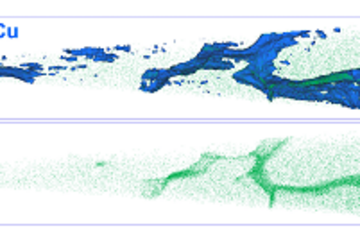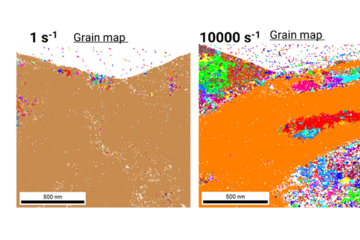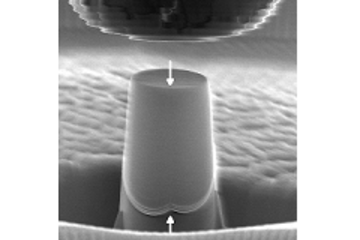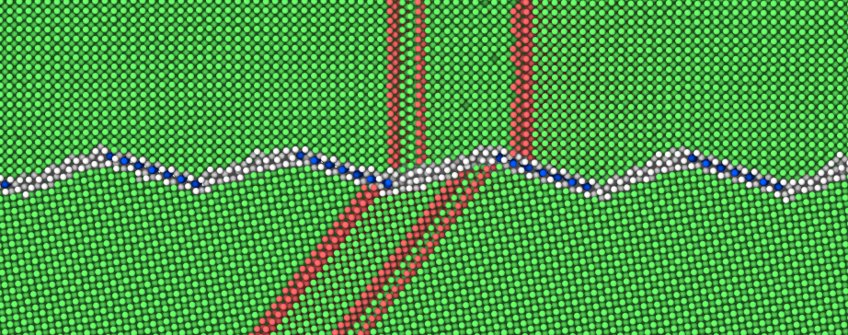
Modelling of grain boundary phases in fcc metals and their properties
Grain boundaries (GBs) affect many macroscopic properties of materials. In the case of metals grain growth, Hall–Petch hardening, diffusion, and electrical conductivity, for example, are influenced or caused by GBs. The goal of this project is to investigate the different GB phases (also called complexions) that can occur in tilt boundaries of fcc metals. We aim to investigate possible atomic structures and their thermodynamic description and connect them to mechanical properties.
Apart from a few well-studied, special GBs, the atomic structures of more general GBs that occur in real materials often remain unknown. Even for simple GBs, new GB phases have recently been found by computer modelling. We expect that these different GB phases can be exploited to change the macroscopic material properties.
The goal of this project is to first find GB phases (Fig. 1) and to cross-verify them as much as possible with experimental imaging. Here, we limit ourselves to tilt GBs, whose atomic structure can be resolved using atomic-resolution scanning transmission electron microscopy in order to have a direct link to experiments on copper and aluminium at the institute. For the simulations, we employ molecular dynamics and statics, combined with (semi-)grand-canonical Monte Carlo techniques to find possible GB structures with atomic resolution. Both pure metals and metals alloyed with secondary elements are of interest. The advantage of the resulting computer models compared to experimental imaging is the access to both three-dimensional structure data as well as the thermodynamic excess properties of the GB phases, such as GB energy and excess volume. These can be used to predict excess free energies and thus GB phase diagrams. Just as for bulk phases, the most useful parameter to tune GB phases for applications is the (excess) concentration of alloying elements, since other thermodynamic parameters such as temperature or stress are most likely dictated by the use case.
![Figure 1 : Computer models of GBs in copper with [111] tilt axis and different misorientations. The displayed GB phases exhibit similar motifs.](/4712528/original-1643893942.jpg?t=eyJ3aWR0aCI6MTM3OCwib2JqX2lkIjo0NzEyNTI4fQ%3D%3D--2aa11a00d3c276e0d7b27b530445894734c419e2)
After exploring the thermodynamics of the GBs, we plan to connect GB phases to mechanical properties. We aim to investigate if dislocation transmission is modified by change of atomic structure or by faceting transitions (Fig. 2). Furthermore, we are interested in the influence of GB phase transitions on intergranular fracture.
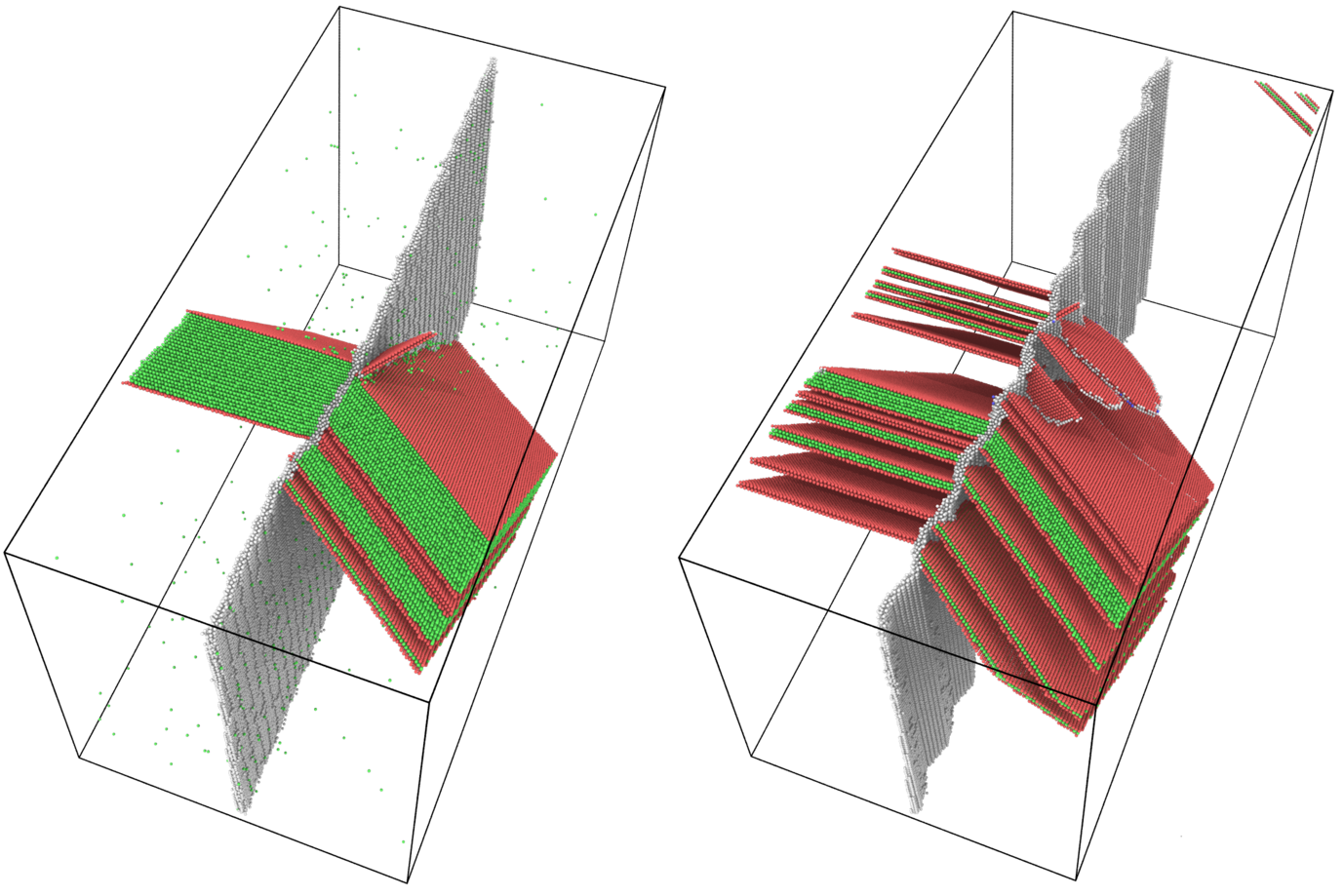
![Figure 1 : Computer models of GBs in copper with [111] tilt axis and different misorientations. The displayed GB phases exhibit similar motifs. Figure 1 : Computer models of GBs in copper with [111] tilt axis and different misorientations. The displayed GB phases exhibit similar motifs.](/4712528/original-1643893942.jpg?t=eyJ3aWR0aCI6ODQ4LCJmaWxlX2V4dGVuc2lvbiI6ImpwZyIsIm9ial9pZCI6NDcxMjUyOH0%3D--7d50c899062bb7a4be921a7f636619b27950c7d2)









